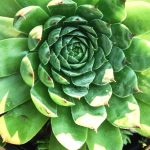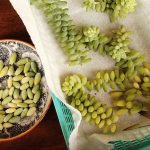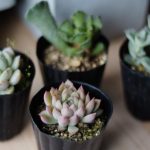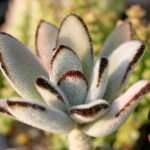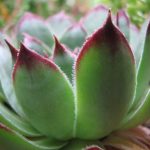Explore these 20+ shade succulent varieties that offer beauty and resilience in low-light garden spots.
For those with shady gardens, finding succulents that thrive in low light can be a challenge. There are numerous shade-loving succulents that can add charm to these dim areas, with some even blooming beautifully!
When we talk about shade, we mean spots with partial sun exposure; there still needs to be some light for these plants to grow. Remember that even shade-loving succulents require well-draining soil and minimal watering, as they are accustomed to conserving moisture in shady conditions.
Despite their shade preferences, these succulents still have their basic care requirements. Most of them need proper soil and occasional watering, but the intervals between waterings might be longer due to reduced evaporation in shaded areas.
Ready to transform those dim corners into lush green spaces? Here are insights into 20 shade-tolerant succulents to get you started.
Jade Plant
Scientific Name: Crassula ovata
Jade Plant is a drought-tolerant succulent that thrives in shaded areas with filtered light. If it starts stretching due to lack of light, simply trim it to encourage outward growth.
Fox Tail Agave

Scientific Name: Agave attenuata
Fox Tail Agave is a shade-loving succulent that can withstand both over and underwatering, making it ideal for shady spots in the garden.
Elephant’s Food
Scientific Name: Portulacaria afra
Elephant’s Food is another shade-friendly succulent that thrives in bright shaded areas with a warm atmosphere.
Burro’s Tail

Scientific Name: Sedum morganianum
Burro’s Tail, a native succulent of southern regions, prefers filtered sunlight and partial shade, making it an excellent choice for less lit areas.
Devil’s Backbone
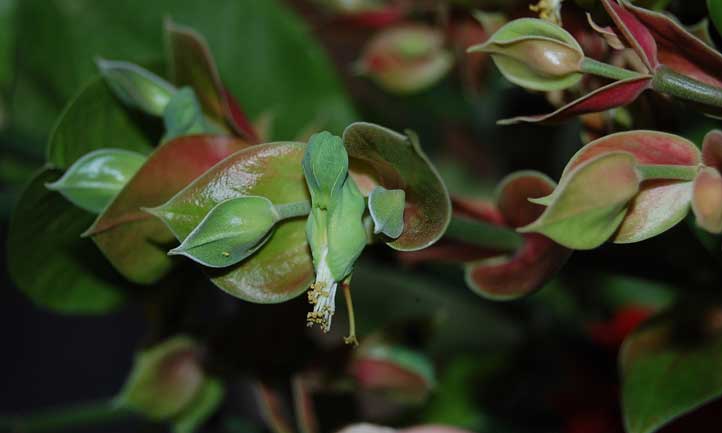
Scientific Name: Euphorbia tithymaloides
Devil’s Backbone is an intriguing succulent that can thrive in both indirect sunlight and shaded areas.
String of Pearls
Scientific Name: Senecio rowleyanus
String of Pearls is a robust succulent that grows well in partial shade conditions. However, it’s essential to note that the small ‘pearls’ are toxic to children and pets.
Wax Plant
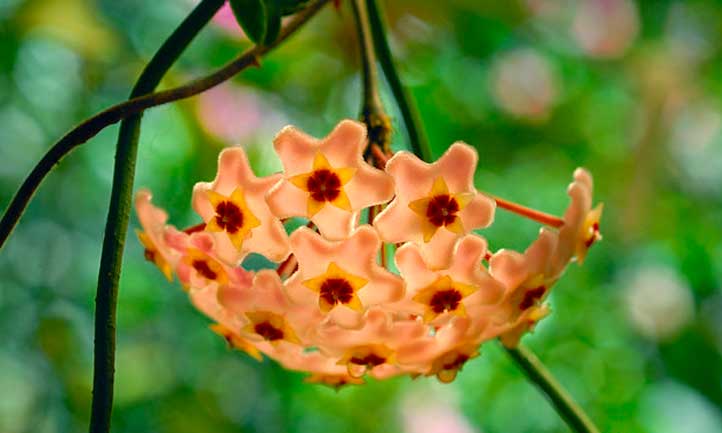

Scientific Name: Hoya carnosa
Originating from eastern Asia and Australia, this climbing succulent is renowned for its clusters of waxy flowers. Surprisingly, it’s a low-key plant that thrives in filtered sunlight or full sun, making it a fantastic garden addition. Its minimal water requirements and adaptability to average room temperatures make it one of the simplest succulents to cultivate in a garden.
Christmas Cactus
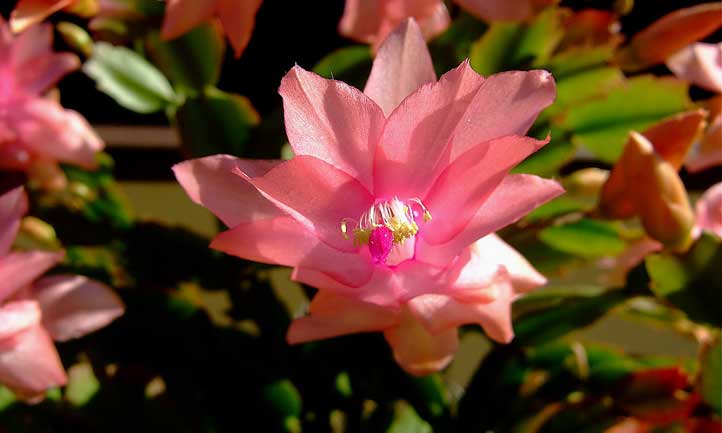

Scientific Name: Schlumbergera
The Christmas cactus, not particularly fond of light, thrives in shady conditions, blooming even in low light. This quality is advantageous, especially given its stunning bright flowers.
Low-maintenance and easy to propagate, this plant is perfect for brightening that dim corner of your space.
Easter Cactus
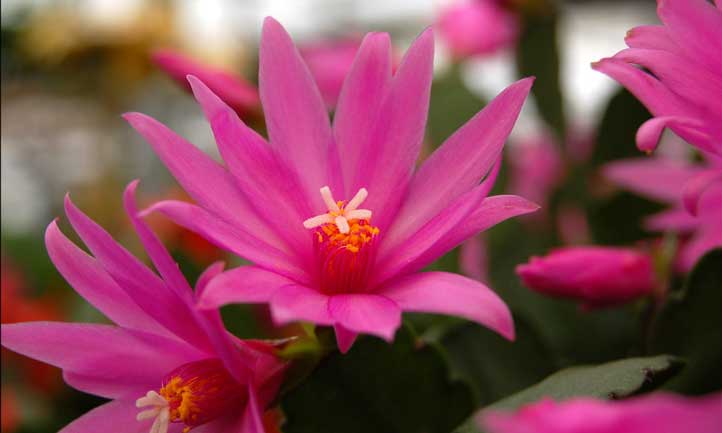

Scientific Name: Hatiora gaertneri
Similar to the Christmas Cactus, the lovely Easter cactus thrives in casual light conditions. An epiphyte by nature, it usually grows on tree trunks, requiring shade and filtered light. While not recommending treetop placement, it flourishes in partial shade, showcasing its stunning flowers.
String of Bananas
Scientific Name: Senecio rowleyanus
The String of Bananas actually prefers partial shade for optimal growth. It thrives with limited sunlight and infrequent watering in outdoor settings. However, when indoors, this succulent demands more light than usual.
Despite your love for bananas, remember not to consume this plant.
Woodland Stonecrop
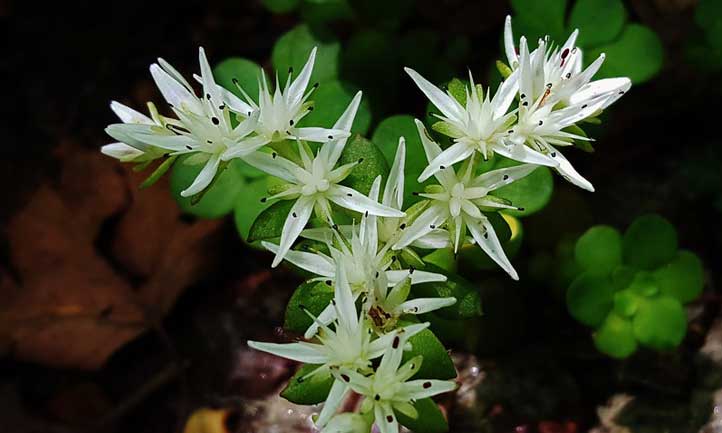

Scientific Name: Sedum ternatum
Hailing from the eastern United States, the Woodland Stonecrop, named for its rock-like resilience, thrives in a variety of light conditions from bright to full shade. It flourishes with minimal watering, effortlessly adapting to its environment.
Flaming Katy
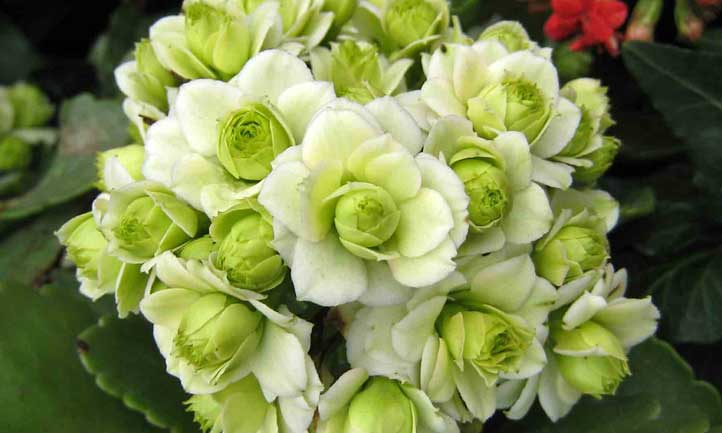

Scientific Name: Kalanchoe blossfeldiana
For lush foliage, consider the Flaming Katy. This popular succulent, thriving indoors in warm temperatures, tolerates shade well, though its blooms require more light. Choose this plant for its foliage if shade conditions are predominant in your space.
Panda Plant
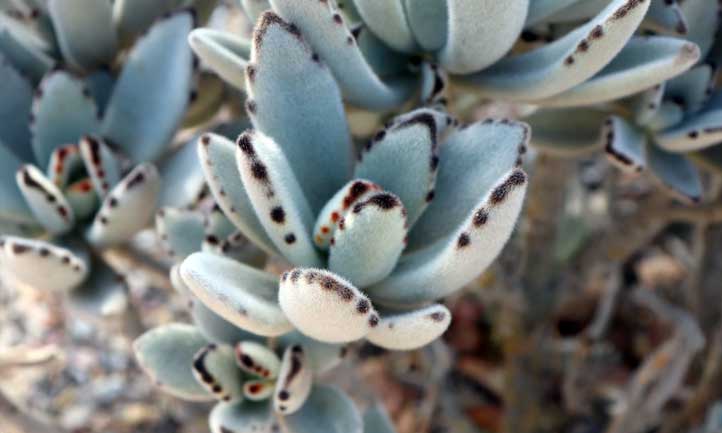

Scientific Name: Kalanchoe tomentosa
A delightful and fuzzy succulent, the Panda Plant is a crowd favorite. Although it doesn’t thrive in full shade, it flourishes with partial light. For optimal growth, position the Panda Plant a few feet away.
Shade-Loving Succulents from South-Facing Windows
Lace Aloe
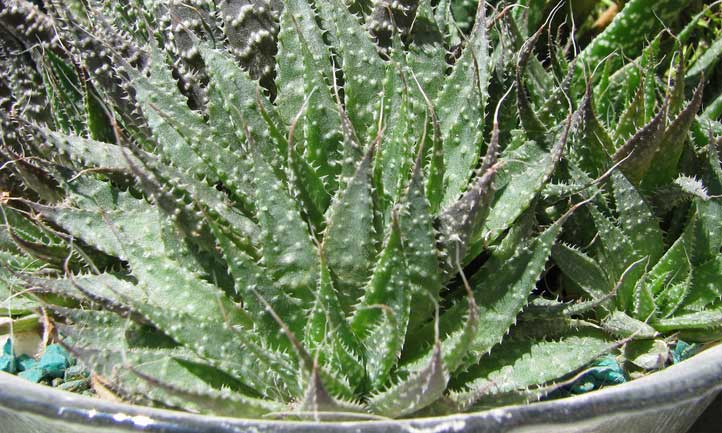

Scientific Name: Aristaloe aristata
A small, hardy succulent, Lace Aloe thrives in both indoor and outdoor shaded areas. Remarkably, it can survive winter in some zones, tolerating temperatures as low as 0°F, which is unusual for a succulent.
Intricately dotted with white and sporting sharp, fine points, Lace Aloe is known for its fast growth, a rare trait among succulents.
Crassula ovata ‘Gollum’
Scientific Name: Crassula ovata ‘Gollum’
A member of the Crassulaceae family, this succulent, named after a character from The Lord of the Rings, excels in partially shaded areas. In terms of watering and soil requirements, it follows the typical needs of succulents.
When placed in the shade, ‘Gollum’ might lose its characteristic red tips, and overly dark shade can lead to etiolation.
Snake Plant
Scientific Name: Sansevieria trifasciata
Though not commonly recognized as a succulent, Snake Plant’s water-storing yellow striped leaves thrive in dry soil and indirect light, making it ideal for shady conditions. Lack of light may cause faded color and stunted growth, but placing it by a south-facing window will ensure its vitality.
Recommended for beginners, Snake Plant is low-maintenance, purifies the air, and offers a distinctive aesthetic appeal, making it a must-have in any plant collection.
Aeonium Kiwi
Scientific Name: Aeonium haworthii ‘Kiwi’
Thriving in partial sunlight, Aeonium Kiwi is perfectly suited for west-facing windows, terrariums, and outdoor containers. However, being monocarpic, this succulent dies after flowering.
Known for slow growth, Aeonium Kiwi may experience further delays in shaded environments, potentially losing its vibrant rainbow colors without ample sunlight exposure.
String of Hearts
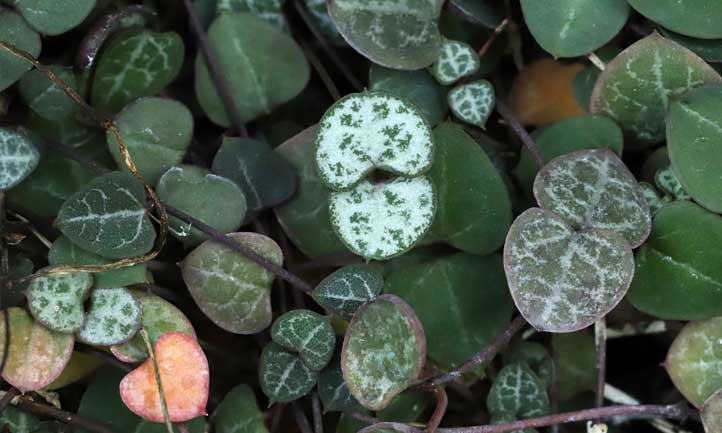

Scientific Name: Ceropegia woodii
This forgiving succulent from South Africa tolerates shade and low water well, but optimal results are seen in bright shade. String of Hearts requires a minimum temperature above 60°F, even in cool shade.
In low light, the typically dark and striking leaves may fade to a lighter green shade. Consider obtaining the variegated cultivar for a stunning appearance!
Ponytail Palm
Scientific Name: Beaucarnea recurvata
Deceptive in its appearance, Ponytail Palm thrives in shade despite its desert origins, growing well in partial shade conditions with sufficient warmth, albeit at a slower pace.
Low-maintenance, this succulent can reach heights of 15 feet indoors without regular pruning, making it a unique and tall addition to any room.
Zebra Plant
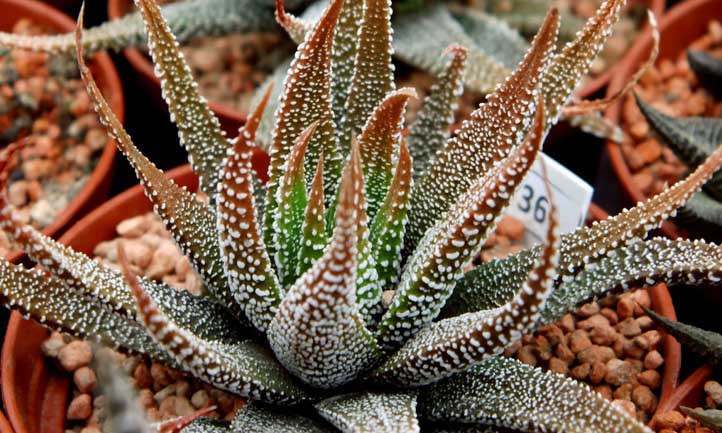

Scientific Name: Haworthia attenuata
A standout with its striking patterns, Zebra Plant thrives in shady spots and can adapt to varying light levels, making it suitable for areas with shifting sun exposure.
Though slow-growing, Zebra Plant can benefit from occasional sun exposure, particularly when grown indoors. Encouraging growth, however, is optional.
Discover more shade-loving succulents such as haworthia, agaves, aloes, and select cacti in upcoming posts, catering to indoor spaces and colder climates!

